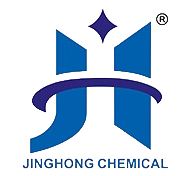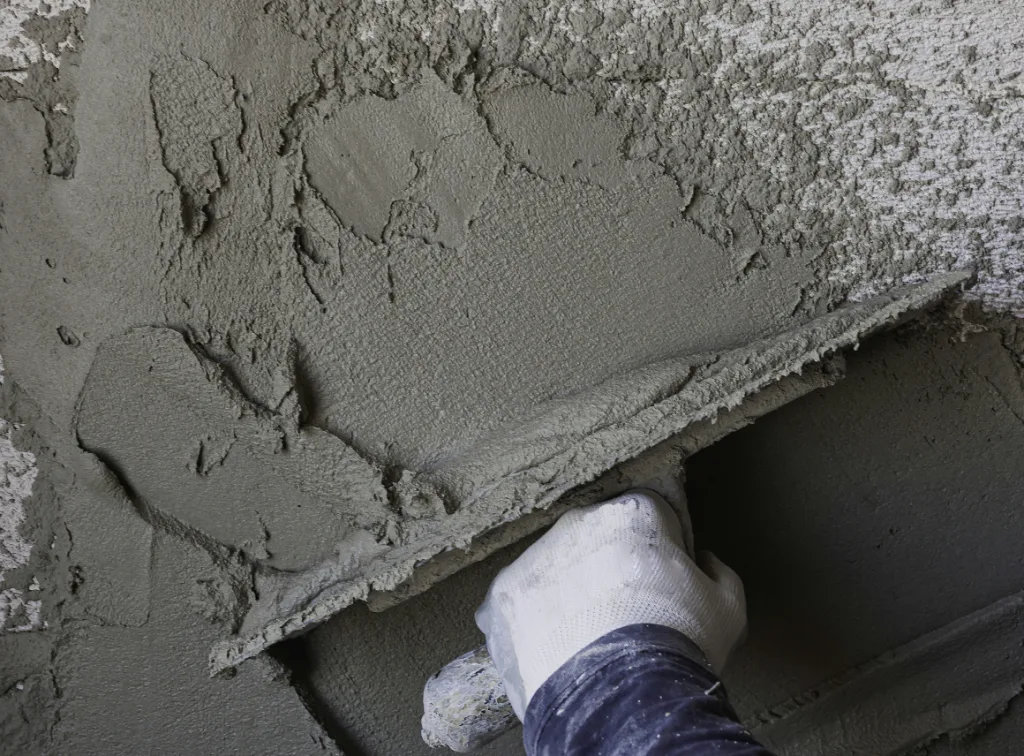Are you tired of seeing cracks ruin your mortar projects? I know the frustration firsthand—years in the industry taught me how small flaws can become big headaches. Let’s fix that. HPMC, or Hydroxypropyl Methyl Cellulose, plays a key role in crack-resistant mortar by improving water retention, flexibility, and adhesion. As a thickener, it ensures the mix stays workable, reducing shrinkage and cracking during curing.
 HPMC in mortar
HPMC in mortar
I’ve seen mortar fail too many times, but HPMC changed the game for my business, Jinghong. Stick with me—I’ll show you how it works and why it matters for your projects. ## How HPMC Enhances Mortar Flexibility & Reduces Cracking? Cracks in mortar can ruin a job fast. I’ve watched projects crumble—literally—because the mix couldn’t handle stress. Could a simple additive like HPMC really make a difference? HPMC boosts mortar flexibility by holding water longer and slowing drying. This cuts shrinkage stress. It also improves elasticity, letting the mortar bend slightly without breaking under pressure. At Jinghong, we’ve tested this in our labs in Jinzhou City. HPMC’s ability to adapt is a game-changer. It’s not just about avoiding cracks—it’s about building trust with clients. Let’s dig into why this works. ### Why Flexibility Matters Flexibility in mortar isn’t just a bonus—it’s a must. Temperature changes and structural shifts put stress on every joint. Without give, cracks form fast. HPMC acts like a buffer. It keeps the mix pliable, so it moves with the building instead of against it. I’ve seen this save projects in Southeast Asia, where heat and humidity test every material. ### How HPMC Does It HPMC traps water in the mix. This slows curing, giving the mortar time to settle without pulling apart. It also adds a slight stretchiness. Think of it like dough—too dry, and it tears; just right, and it holds. Our HPMC at Jinghong, with its 60,000-ton capacity, is fine-tuned for this. We’ve shipped it to Africa and watched it perform under tough conditions. ### Real Results I remember a construction firm in Thailand reaching out. Their plaster kept cracking in the heat. We adjusted their HPMC dosage, and the problem vanished. They’re still a client today. Here’s a quick look at how HPMC stacks up: | Property | With HPMC | Without HPMC | |——————|—————–|—————–| | Water Retention | High | Low | | Flexibility | Improved | Rigid | | Crack Risk | Low | High | This isn’t theory—it’s what I’ve built my business on. ## HPMC vs. Traditional Additives: Why It’s the Best Choice for Crack Resistance? Traditional additives like lime or cement alone often fall short. I’ve seen old-school mixes crack under pressure—literally. Is HPMC really better than what’s been used for years? HPMC outperforms traditional additives by offering better water retention, adhesion, and crack resistance. Unlike lime, it doesn’t just harden—it keeps the mortar workable and strong, cutting cracks effectively. I’ve run Jinghong for years, and switching to HPMC was a turning point. Let’s break down why it beats the old ways hands down. ### Old vs. New Lime and plain cement have their place, but they’re stiff. They dry fast and shrink, leaving cracks. HPMC, though, keeps things balanced. It holds water, so the mix cures evenly. This matters in places like Africa, where heat dries mortar too quick without it. Our clients noticed the difference fast. ### Strength and Stickiness HPMC doesn’t just prevent cracks—it bonds better. It’s a thickener and adhesive in one. Traditional additives can’t match that. I’ve seen tile adhesive fail with older mixes, but our HPMC holds tight. We test every batch in our 100,000-square-meter factory to ensure it sticks. ### Cost and Performance Some say traditional is cheaper. Sure, up front. But cracks cost more in repairs. HPMC saves money long-term. Here’s how they compare: | Feature | HPMC | Traditional | |——————|—————–|—————–| | Crack Resistance | Excellent | Poor | | Workability | High | Low | | Cost Over Time | Lower | Higher | My team at Jinghong swears by it, and our export numbers prove it works. ## Practical Tips: Optimizing HPMC Dosage for Maximum Crack Prevention? Getting HPMC right isn’t guesswork. I’ve mixed batches that flopped because the dosage was off. How do you nail it for crack-free mortar every time? To optimize HPMC dosage, start with 0.1-0.3% of the dry mix weight. Adjust based on climate and application—more for heat, less for damp—to prevent cracks effectively. I’ve learned this through trial and error at Jinghong. Let’s get into the details so you can mix with confidence. ### Start Small Too much HPMC makes mortar gummy. Too little, and it cracks. I start at 0.1% for plaster in humid spots like Vietnam. For dry climates like Kenya, I bump it to 0.3%. Test small batches first. Our fully automated lines at Jinghong let us tweak this precisely. ### Match the Job Tile adhesive needs more HPMC for grip—around 0.2-0.25%. Plaster mortar can drop to 0.15% if it’s just for smoothing. I once overdid it for a gypsum plaster job, and it took forever to set. Lesson learned: know your application. ### Watch the Weather Heat dries mortar fast, so up the dose slightly. Humidity slows it, so cut back. Here’s a guide: | Condition | Dosage Range | |——————|—————–| | Hot/Dry | 0.25-0.3% | | Cool/Humid | 0.1-0.15% | | Normal | 0.15-0.2% | This keeps cracks away. My clients in Southeast Asia rely on these tweaks, and it’s why they stick with Jinghong. ## Conclusion HPMC transforms mortar with flexibility, adhesion, and crack resistance. At Jinghong, it’s our edge—proven in labs and on sites across Asia and Africa.



